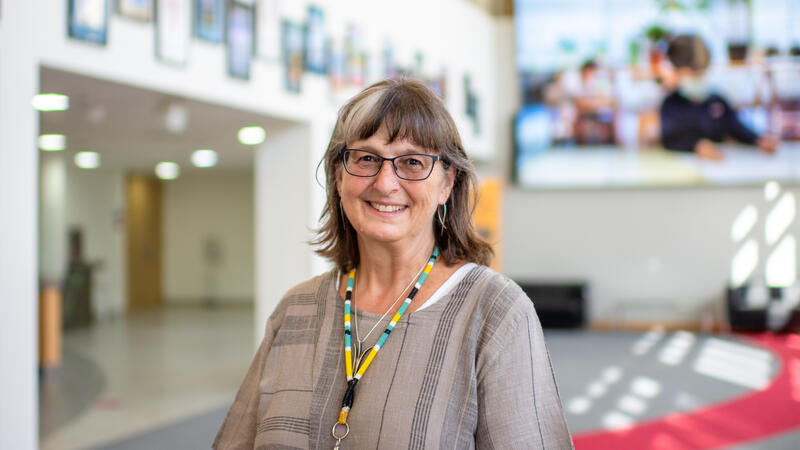
One of the aspects of the ASD Student Profile, in which our students have a head start, is the role of the Communicator, skilled at using diverse strategies to understand, question, exchange, connect, and express ideas in a variety of contexts. ASD students come from 76 different nations with diverse linguistic and cultural backgrounds and they have the opportunity to learn Arabic, French and Spanish at school and French, Spanish and Mandarin in after-school activities.
Researchers have long known the cognitive benefits of additional language learning but it is only relatively recently that the importance of developing literacy in one’s home language has been acknowledged. As we celebrate the United Nations International Mother Language Day on February 21 we know that languages, “with their complex implications for identity, communication, social integration, education and development, are of strategic importance for people and for the planet”1. The combination of rich home languages and language learning opportunities at ASD serves to develop plurilingualism in many of our students.
The Council of Europe defines plurilingualism and pluriculturalism as “the ability to use languages for the purposes of communication and to take part in intercultural interaction, where a person, viewed as a social actor has proficiency, of varying degrees, in several languages and experience of several cultures”2. This differs from multilingualism and multiculturalism wherein a number of separate languages and cultures co-exist. Plurilingualism and pluriculturalism speak to the interconnectedness, appreciation and enjoyment of different languages and cultures and it beautifully describes the nature of many ASD families. Please continue to support the development literacy skills in your home language by offering your children the opportunity to talk, discuss, read, and develop ideas in that language. In the future we hope to be able to support your efforts by building our home language library collection and after-school activities offerings.
Not only is communication the gateway to understanding each other, but pluricultural communicators get beyond the stereotypical image of “the other” because their partial competencies in different languages and cultures give them an inside perspective that allows them to know others as individuals.3 Nurturing plurilingualism and pluriculturalism supports all other skills and characteristics of the ASD Student Profile, like Empathy, Resilience, Global Citizenship, Innovation and Self-Awareness. Valuing language learning and celebrating one’s cultural identity plays an important role in making all students Future Ready.
1. United Nations, International Mother Language Day website https://www.un.org/en/observances/mother-language-day
2. COSTE, Daniel, Danièle MOORE and Geneviève ZARATE, Plurilingual and Pluricultural Competence, Language Policy Division, Council of Europe, 2009 (p. 11)
3. Ng, David, Future-ready Learners: Learning, Lifework, Living and Habits of Practices, 2019/12/09
- ASD Highlight
